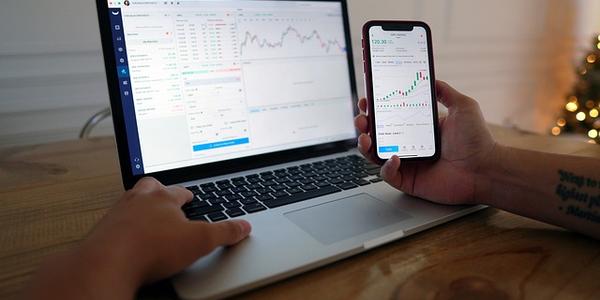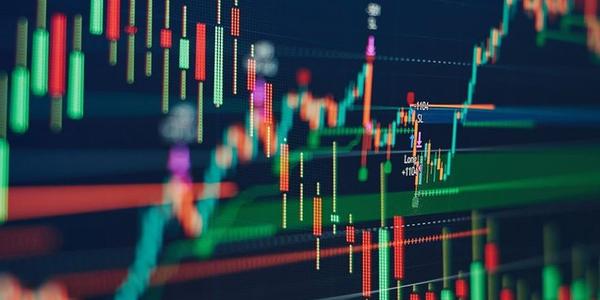The recent rate cut by the U.S. Federal Reserve (Fed) has sparked intense debate on whether the move represents a normalization of an overly tight monetary policy or preparation for an impending economic swoon. The risk-on rally in assets, including bitcoin and altcoins, suggests that markets perceive the rate cut as a normalization move. However, at least three indicators point to an economic malaise ahead, suggesting caution on the part of the bulls.
The Normalization Narrative
Since the Fed’s decision, the debate has been raging on whether the 50 basis point rate cut represents a return to a more neutral monetary policy aimed at taming inflation or preparation for an impending economic slowdown. The risk-on rally in assets, including pure fiat liquidity plays like bitcoin and altcoins, suggests that markets are betting on the former.
Some analysts foresee accelerated gains once bitcoin surpasses the $65,200 resistance. This optimism is reflected in the price action of cryptocurrencies, which have rallied significantly since the Fed’s decision. However, this enthusiasm may be short-lived if the indicators pointing to an economic slowdown prove correct.
Indicators Pointing to Economic Slowdown
At least three indicators suggest that the economy is heading towards a slowdown:
Rising Joblessness
The U.S. Household Survey, which tracks the unemployment rate across 50 states, Washington D.C., and Puerto Rico, showed that as of August, more than 57% of states experienced an increase in joblessness compared to the preceding month and the same period last year (MacroMicro). This uptick in joblessness means reduced income, consumer spending and investment, and a decline in business and consumer confidence in the months ahead.
"According to August’s analysis, 57.7% of U.S. states reported higher unemployment rates than the previous month and year. This points to increasing challenges in the labor market, possibly signaling a more widespread slowdown," MacroMicro said on X.
Lead/Lag Ratio
The Conference Board’s Leading Economic Index (LEI) fell to 100.2 in August, falling to its lowest since October 2016. The index marked its sixth consecutive monthly decline, triggering a recession signal.
The LEI comprises several forward-looking indicators such as average weekly hours in manufacturing, average weekly initial claims for jobless insurance, ISM new orders index, stock prices and leading credit index. The index is widely tracked to identify shifts in economic trends and turning points in asset prices.
"More concerning is the slide in the ratio between leading and lagging indicators to under 0.85, the lowest since at least the 1950s," said Jeff Weniger, head of equities at WisdomTree (Jeff Weniger).
The plunge seen over the past several months points to a potential slowdown or recession, with lagging indicators catching up to the economic reality.
Surging Gold/Brent Ratio
The ratio between prices for gold futures and brent crude futures has surged over 35% this year to nearly 40 points, the highest since 2020 (MacroMicro). Gold is a safe haven asset and an inflation hedge, while oil is tied to global demand and economic activity. Therefore, gold’s prolonged outperformance relative to oil is often taken to represent a sign of economic slowdown.
Conclusion
The indicators pointing to an economic slowdown suggest caution on the part of the bulls. Perhaps, the Fed delivered an outsized rate cut, taking note of these forward-looking indicators. The risk-on rally in assets may be short-lived if the economy does indeed slow down.
Recommendations
- Diversify your portfolio: Consider allocating a portion of your investments to safer assets like gold or bonds.
- Monitor economic indicators: Keep an eye on leading and lagging economic indicators, such as the LEI and unemployment rate, for signs of a slowdown.
- Adjust your investment strategy: If the economy does slow down, consider scaling back exposure to riskier investments.
The normalization narrative may not hold up if the indicators pointing to an economic slowdown prove correct. Stay informed and adjust your investment strategy accordingly.



